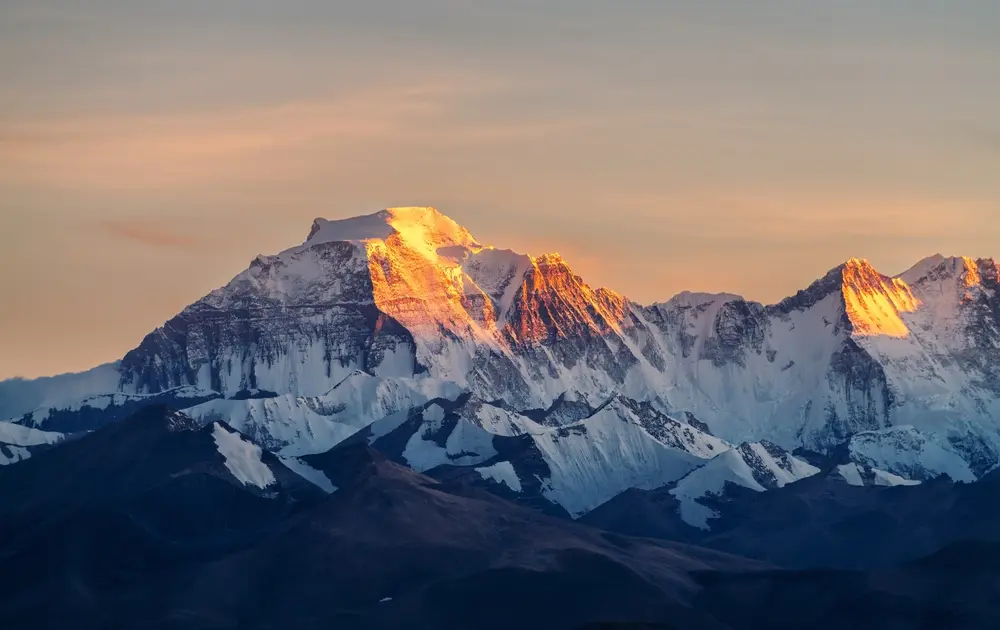Inspenet, December 14, 2023.
A recent report based on data collected by the Pyramid International Observatory/Laboratory climate station on Mount Everest reveals that global warming is causing the emergence of katabatic winds, cold currents generated by sinking air.
Despite rapid melting of glaciers in the Himalayas, the study published in Nature Geoscience on December 4 highlights a surprising phenomenon in the world’s highest mountain range that could mitigate the effects of climate change . When rising temperatures affect certain masses of ice at high altitudes, a response is triggered that generates strong cold winds descending the slopes.
Influence of the Himalayas on the effects of climate change
The increase in temperatures generates a widening in the thermal disparity between the surrounding air above the Himalayan glaciers and the colder air that is in direct contact with the surface of the ice masses, according to Francesca Pellicciotti, professor of Glaciology at the Austrian Institute of Science and Technology and leader of the study.
“This leads to an increase in turbulent heat exchange at the glacier surface and a stronger cooling of the surface air mass,” he said in a press release.

As the cool, dry air at the surface cools and becomes denser, it sinks. This flow of air mass moves down the slopes towards the valleys, generating a cooling effect in the lower areas of the glaciers and in the surrounding ecosystems. Given the importance of the Himalayas, whose glaciers feed 12 essential rivers that supply freshwater to nearly 2 billion people in 16 nations, it is crucial to determine whether the region’s glaciers will be able to maintain this self-sustaining cooling effect amid projected increases. of temperatures in the coming decades.
About Pyramid International Observatory and Laboratory
Located at a glacial altitude of 5,050 meters, the climate station of the Pyramid International Observatory and Laboratory is located on the southern slope of Mount Everest. Over nearly three decades, the observatory has collected detailed meteorological data. These careful meteorological observations were used by Pellicciotti, Salerno and a team of researchers to determine that rising temperatures are activating what are known as katabatic winds. These cold winds, generated by the downward flow of air, are common in mountainous areas, including the Himalayas.
“Katabatic winds are a common feature of Himalayan glaciers and their valleys, and have probably always occurred” Pellicciotti said. “However, what we observe is a significant increase in the intensity and duration of katabatic winds, and this is due to the fact that surrounding air temperatures have increased in a warming world.“.
The team also noted higher levels of ground-level ozone associated with lower temperatures. This finding indicates that katabatic winds act as a mechanism that can bring cold air from higher altitudes and atmospheric layers to the valley, Pellicciotti explained.
” According to the current state of knowledge, Himalayan glaciers are evolving slightly better than average glaciers in terms of mass losses ,” Brun said.
Don’t miss any of our posts and follow us on social media!
Inspenet.com YouTube LinkedIn Facebook Instagram
Source: cnnespanol.cnn.com


